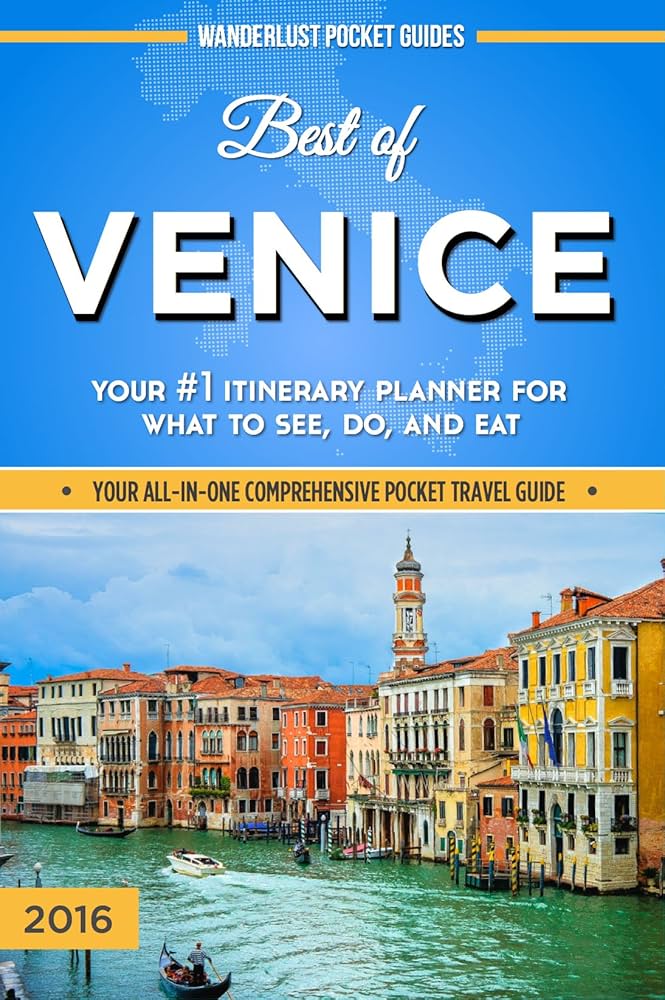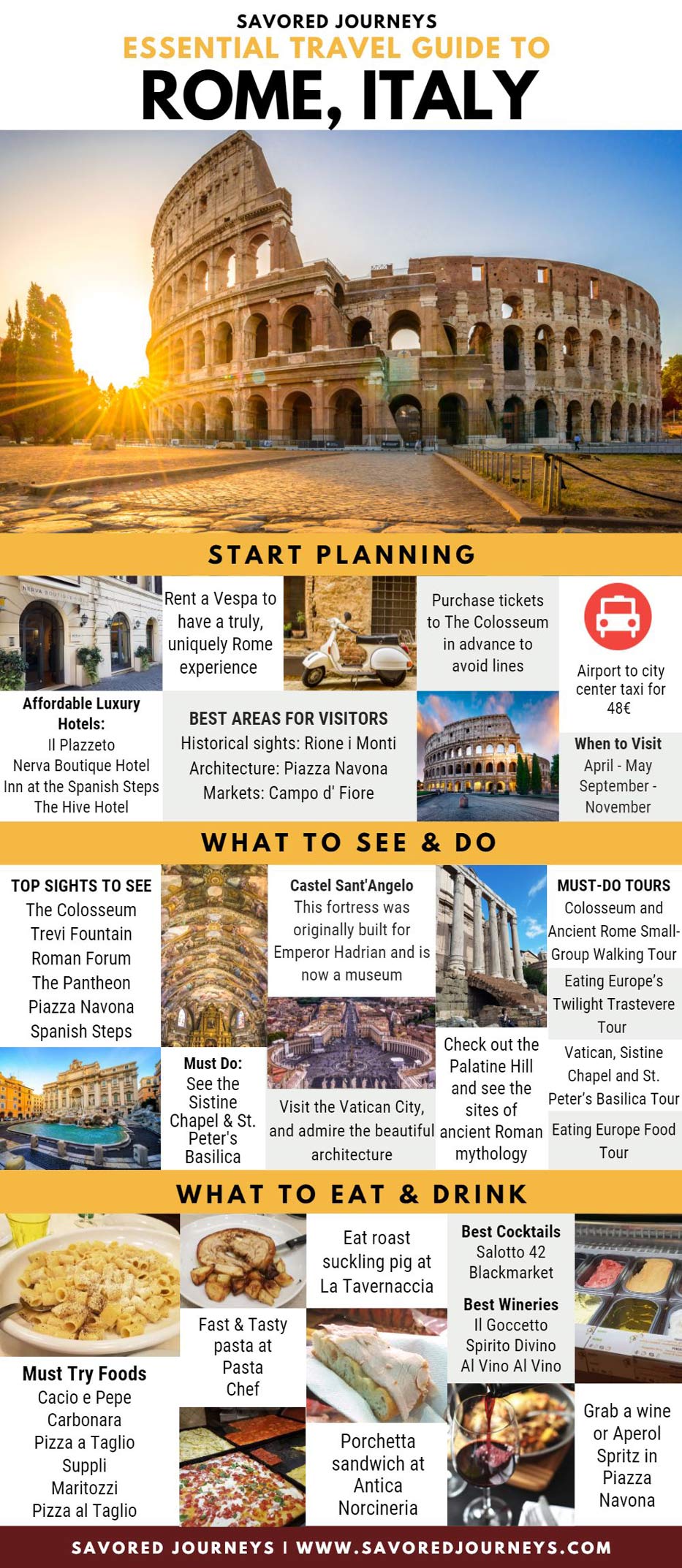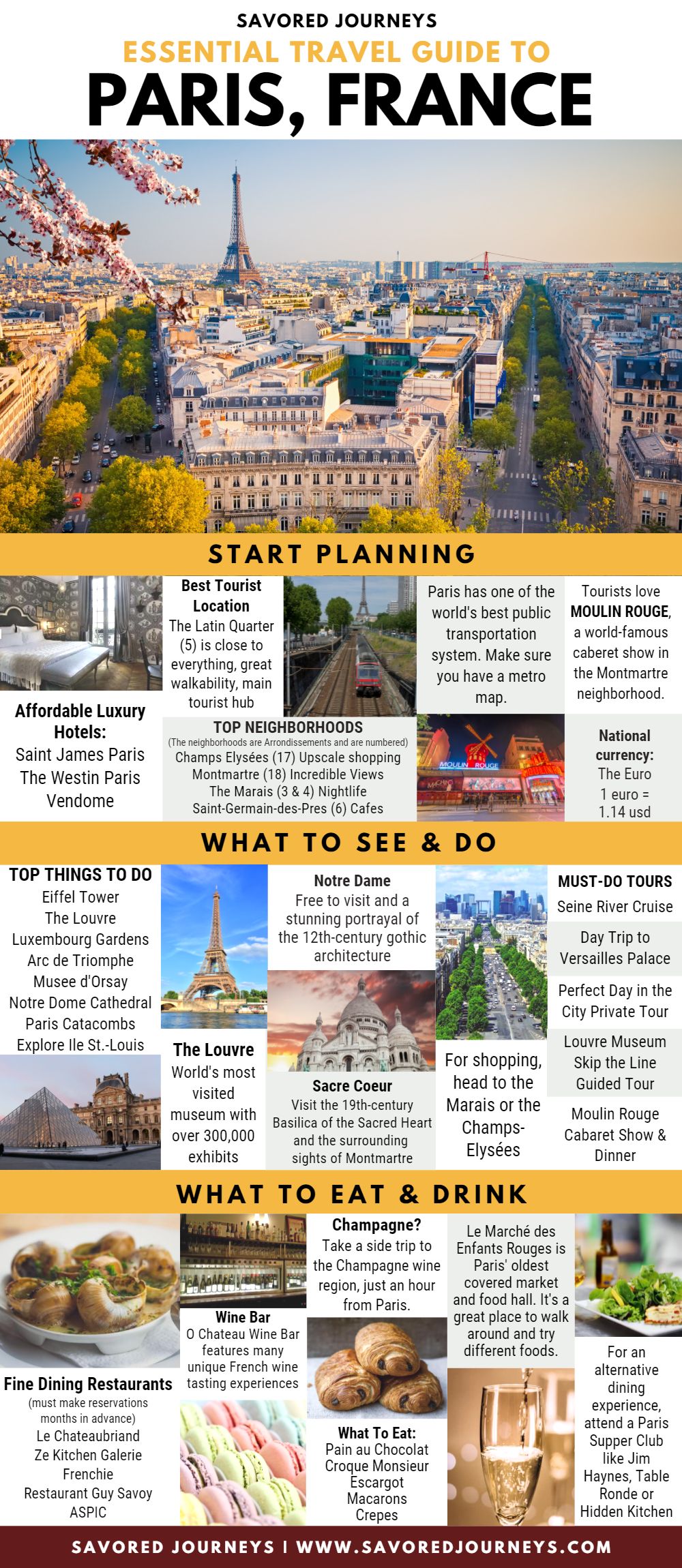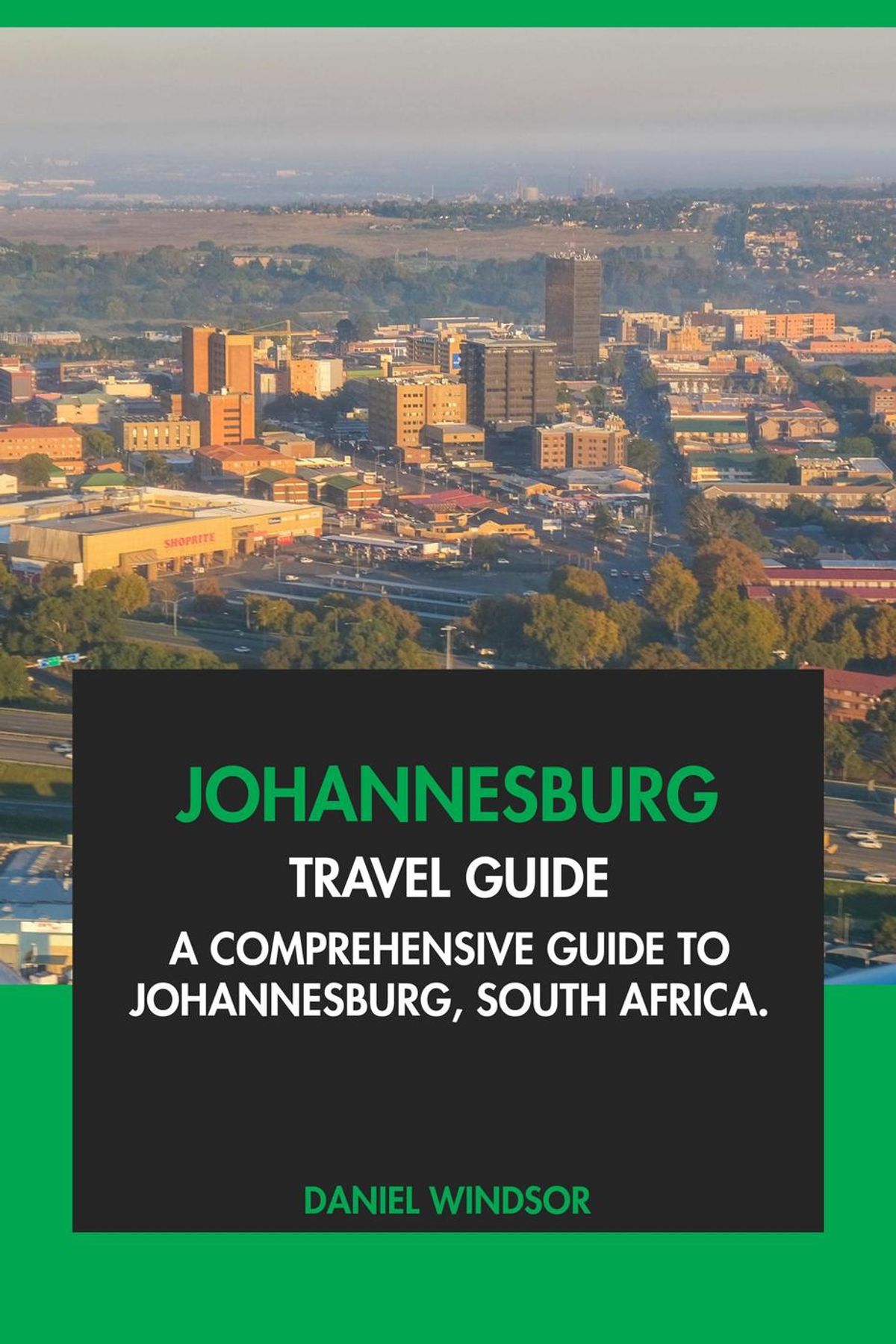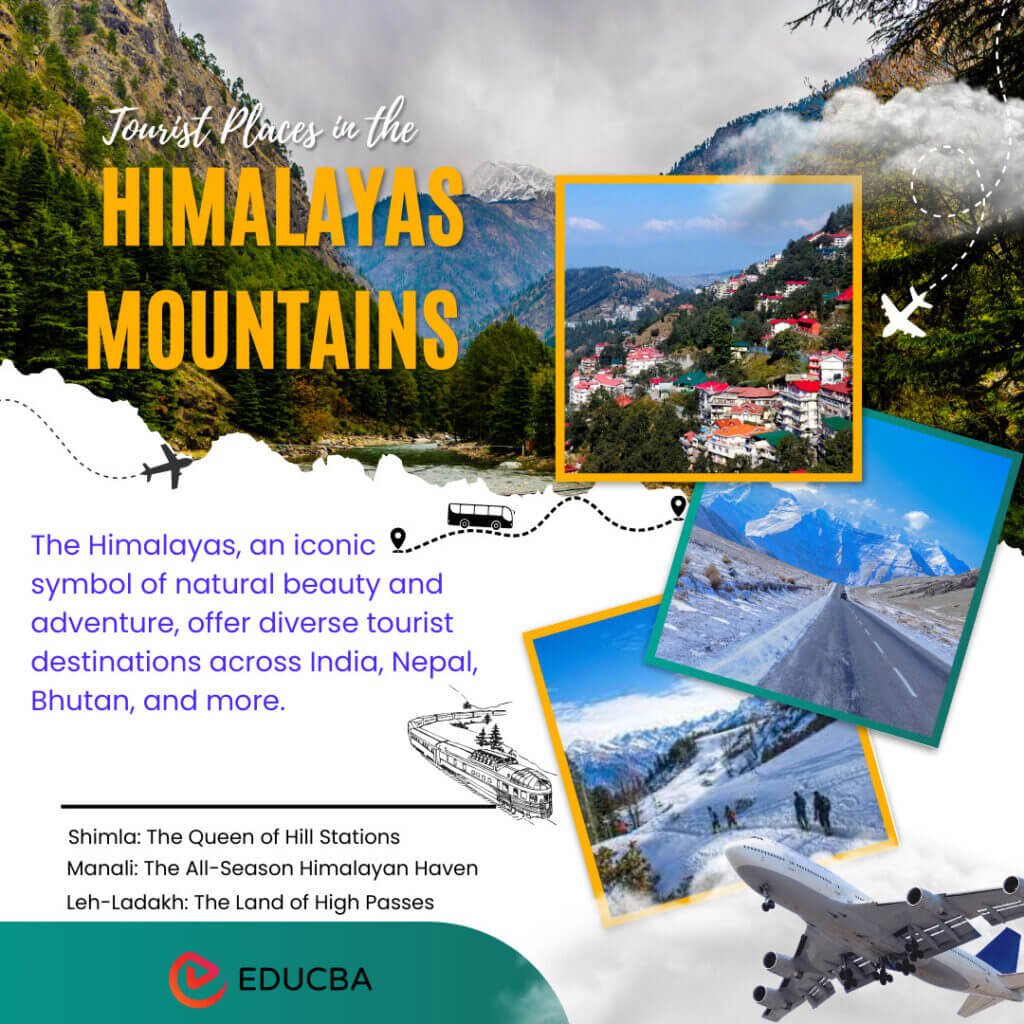
The Himalayas, a colossal arc of snow-capped peaks stretching across Asia, represent more than just the world’s highest mountains. They are a realm of profound spirituality, ancient cultures, breathtaking biodiversity, and unparalleled adventure. From the rugged wilderness of Ladakh to the serene monasteries of Bhutan, the vibrant trails of Nepal to the spiritual sanctuaries of Uttarakhand, this majestic range beckons with an irresistible allure. This article delves into the best destinations the Himalayas have to offer, exploring their rich history, iconic attractions, essential travel tips, and practical considerations for an unforgettable journey.
A Tapestry of Time: The Himalayas’ Enduring History
The story of the Himalayas is written in epochs. Geologically, these mountains are young and restless, born from the dramatic collision of the Indian and Eurasian tectonic plates over millions of years, a process that continues to uplift them today. This ongoing geological drama has sculpted a landscape of deep valleys, towering peaks, and a dynamic environment that fuels the major rivers of Asia, sustaining billions.
Related Articles about Journey to the Sky: Unveiling the Best Destinations in the Himalayas:
- Egypt: A Timeless Tapestry of Wonders – Unveiling the Best Tourist Attractions
- The Santorini Caldera: A Journey Through Time, Beauty, and Volcanic Majesty
- The Unspoiled Frontier: Budget Travel Adventures in Oceania
- South Africa: A Symphony of Landscapes, Cultures, and Adventures – Your Ultimate Travel Guide
- Journey to the Sacred Sands: An Essential Guide to Mount Bromo
Beyond their geological marvel, the Himalayas are steeped in human history and spirituality. For millennia, they have been revered as the abode of gods, the birthplace of major religions like Hinduism and Buddhism, and a sanctuary for ascetics and seekers of enlightenment. Ancient trade routes, including offshoots of the Silk Road, snaked through treacherous passes, connecting diverse cultures and economies, leaving behind a rich legacy of fortified monasteries, remote villages, and a fascinating blend of traditions. Kingdoms rose and fell in their shadow, each leaving an indelible mark on the art, architecture, and social fabric of the region. The Sherpas of Nepal, the Ladakhis of India, and the Bhutanese, among others, have developed unique cultures intrinsically linked to the mountains, characterized by resilience, deep faith, and a profound respect for nature. This history, both geological and human, forms the bedrock of the Himalayan experience, offering a journey not just through space, but through time itself.
Best Destinations in the Himalayas: Peaks of Experience
Choosing the "best" is subjective, but certain regions consistently captivate travelers with their unique offerings.
1. Nepal: The Kingdom of Treks and Temples
Nepal, home to eight of the world’s ten highest peaks, is synonymous with high-altitude adventure and spiritual awakening.
- Everest Region (Khumbu): The ultimate trekking destination, leading to the base camp of the world’s highest mountain.
- Main Attractions: The iconic Everest Base Camp trek offers unparalleled views of Everest, Lhotse, and Nuptse. Key stops like Lukla (the gateway airport), Phakding, and the bustling Sherpa hub of Namche Bazaar provide glimpses into traditional Sherpa life and culture. The region is dotted with ancient monasteries like Tengboche, offering spiritual solace amidst dramatic scenery. Sagarmatha National Park, a UNESCO World Heritage site, protects the unique flora and fauna of this alpine environment.
- Annapurna Region: Offering diverse landscapes from lush rhododendron forests to arid high-altitude deserts, the Annapurna circuit and Annapurna Base Camp (ABC) treks are renowned for their scenic beauty and cultural immersion.
- Main Attractions: The Annapurna Base Camp trek takes you into the heart of the Annapurna sanctuary, surrounded by a ring of towering peaks. The Poon Hill trek, often part of the Ghorepani-Poon Hill loop, provides stunning sunrise views over the Annapurna and Dhaulagiri ranges. The lakeside city of Pokhara serves as a popular starting point, offering serene boat rides on Phewa Lake, paragliding, and a relaxed atmosphere.
- Kathmandu Valley: The cultural heartland of Nepal, a UNESCO World Heritage site, is a treasure trove of ancient temples, stupas, and palaces.
- Main Attractions: The ancient Durbar Squares of Kathmandu, Patan, and Bhaktapur showcase exquisite Newari architecture. The towering Buddhist stupas of Boudhanath and Swayambhunath (Monkey Temple) are vibrant centers of pilgrimage, adorned with prayer flags and bustling with devotees. The Pashupatinath Temple, a sacred Hindu site, offers a profound insight into Nepalese spiritual traditions.
2. India: Diverse Landscapes and Spiritual Sanctuaries
The Indian Himalayas are vast, encompassing stark deserts, lush valleys, colonial hill stations, and sacred pilgrimage routes.
- Ladakh (Jammu & Kashmir/Ladakh UT): Known as "Little Tibet," Ladakh is a high-altitude desert characterized by moon-like landscapes, ancient Buddhist monasteries clinging to cliffs, and vibrant Tibetan culture.
- Main Attractions: The capital city of Leh is dominated by the Leh Palace and Shanti Stupa, offering panoramic views. Iconic monasteries like Thiksey, Hemis, Diskit, and Lamayuru are architectural marvels and spiritual centers. The mesmerizing Pangong Tso lake, famous for its changing shades of blue, and the surreal landscapes of the Nubra Valley (with its double-humped camels) are essential experiences. High mountain passes like Khardung La add to the adventure.
- Himachal Pradesh: A popular state offering a mix of adventure, spirituality, and colonial charm.
- Main Attractions: Manali is an adventure hub for trekking, paragliding, and rafting, serving as a gateway to the high Himalayas and the Rohtang Pass. Shimla, the former summer capital of British India, retains its colonial elegance with its Mall Road and toy train. Dharamshala/McLeod Ganj is the seat of the Dalai Lama and a vibrant center of Tibetan Buddhism and culture. The remote Spiti Valley offers stark, desolate beauty, ancient monasteries like Key Monastery, and a challenging but rewarding high-altitude experience.
- Uttarakhand: Known as Dev Bhoomi (Land of Gods), Uttarakhand is a significant pilgrimage destination and offers stunning natural beauty.
- Main Attractions: Rishikesh and Haridwar are twin spiritual cities on the Ganges, famous for yoga, meditation, and ancient temples. Rishikesh is also a hub for white-water rafting and adventure sports. The Valley of Flowers National Park, a UNESCO site, is a vibrant carpet of alpine blossoms during monsoon, accessible via a trek from Govindghat. The Char Dham Yatra (Gangotri, Yamunotri, Badrinath, Kedarnath) are revered pilgrimage circuits in the higher reaches.
3. Bhutan: The Last Shangri-La
A landlocked kingdom known for its unique philosophy of Gross National Happiness, Bhutan offers a pristine environment and a culture deeply rooted in Vajrayana Buddhism.
- Main Attractions: The iconic Paro Taktsang (Tiger’s Nest Monastery), dramatically perched on a cliffside, is a must-visit. The capital Thimphu offers a blend of traditional and modern, with sites like the Buddha Dordenma statue and the Tashichho Dzong. Punakha Dzong, located at the confluence of two rivers, is one of the most beautiful fortresses in Bhutan. The country’s commitment to sustainability and cultural preservation makes it a truly unique Himalayan destination.
Travel Tips for a Himalayan Adventure
- Acclimatization: For high-altitude destinations (above 2,500m/8,000ft), allow ample time for acclimatization to prevent Acute Mountain Sickness (AMS). Ascend gradually, stay hydrated, and rest.
- Packing Essentials: Layers of clothing (weather can change rapidly), waterproof outer shell, sturdy trekking boots, a good quality backpack, sunscreen, sunglasses, hat, first-aid kit, and personal medications are crucial.
- Respect Local Culture: Dress modestly, especially when visiting religious sites. Ask for permission before taking photos of people. Learn a few local phrases.
- Environmental Responsibility: Practice "Leave No Trace" principles. Carry out all your trash, avoid single-use plastics, and support eco-friendly initiatives.
- Travel Insurance: Comprehensive travel insurance covering high-altitude trekking and emergency evacuation is highly recommended.
- Permits: Many regions, especially in Nepal (trekking permits) and Bhutan (visa/daily tariff), require permits or special arrangements. Plan ahead.
Best Time to Visit
The Himalayas experience distinct seasons, and the best time to visit depends on your desired activity:
- Spring (March-May): Ideal for trekking in lower to mid-altitudes. Rhododendrons bloom, temperatures are moderate, and views are generally clear before the monsoon.
- Autumn (September-November): Widely considered the best time for trekking and mountain views. Post-monsoon, the air is crisp, skies are clear, and temperatures are pleasant. This is peak season.
- Winter (December-February): Cold, with heavy snowfall at higher altitudes, making some passes inaccessible. However, it’s excellent for snow sports, experiencing serene landscapes with fewer crowds, and visiting lower-altitude spiritual centers.
- Monsoon (June-August): Lush and green, but characterized by heavy rainfall, leeches, landslides, and limited mountain views due to clouds. Some regions like Ladakh and Spiti Valley (rain shadow areas) are exceptions and can be visited during monsoon.
Accommodation: From Homestays to Luxury Resorts
The Himalayan region offers a spectrum of accommodation options:
- Teahouses & Guesthouses: Along popular trekking routes (Nepal, India), these provide basic lodging, meals, and a communal atmosphere.
- Homestays: An excellent way to experience local culture and hospitality, offering authentic insights into daily life, especially in remote villages.
- Boutique & Heritage Hotels: In larger towns and cities (Kathmandu, Leh, Shimla, Paro), you’ll find charming hotels often housed in traditional buildings, offering a blend of comfort and local aesthetics.
- Luxury Resorts: High-end resorts with world-class amenities and breathtaking views are available in popular tourist hubs like Leh, Shimla, Manali, and Paro, offering a pampered retreat.
- Camping: For the truly adventurous, organized camping treks allow for immersion in the wilderness.
Savoring the Peaks: Local Cuisine
Himalayan cuisine is hearty, nourishing, and influenced by Tibetan, Nepalese, and Indian traditions, often adapted to the cold climate and available resources.
- Momos: Steamed or fried dumplings, a staple across the Himalayas, filled with vegetables, yak meat, or chicken.
- Thukpa: A warming noodle soup, perfect for cold days, often served with vegetables or meat.
- Dal Bhat: The national dish of Nepal, a nourishing lentil soup served with rice, vegetable curry, and sometimes meat.
- Butter Tea (Po Cha): A salty, buttery tea common in Ladakh and Bhutan, providing essential calories and warmth at high altitudes.
- Chang/Arak: Local alcoholic beverages, often made from fermented barley or rice, offering a taste of traditional hospitality.
- Himachali Dham: A traditional festive meal from Himachal Pradesh, a multi-course vegetarian feast cooked by special chefs.
- Organic Produce: Many regions pride themselves on fresh, locally grown fruits and vegetables, especially apples in Himachal and apricots in Ladakh.
Navigating the High Roads: Transportation Options
Getting to and around the Himalayas involves a mix of transport methods:
- Air: Major airports like Kathmandu (Nepal), Leh (India), Paro (Bhutan), Bagdogra (for Darjeeling/Sikkim), Dehradun (for Uttarakhand), and Kullu (for Manali) connect these regions to major cities. Domestic flights are crucial for reaching remote areas like Lukla (Everest region).
- Road: Buses, shared jeeps, and private taxis are the primary modes of inter-region travel. Roads can be challenging, especially in high-altitude areas, with winding paths and potential for landslides. However, they offer spectacular views.
- Trekking: For many of the most iconic attractions, especially in Nepal’s Everest and Annapurna regions or India’s Valley of Flowers, trekking is the only way to reach them. This involves walking for days, often with the support of porters or guides.
- Rail: While the main Himalayan range isn’t extensively covered by rail, some foothill regions like Shimla (via the Kalka-Shimla Toy Train, a UNESCO site) and Darjeeling offer scenic narrow-gauge railway experiences.
The Himalayas are a destination that touches the soul, offering a profound journey through nature’s grandeur and humanity’s enduring spirit. Whether you seek thrilling adventure, serene introspection, or cultural immersion, these majestic peaks promise an experience that will resonate long after you descend from the sky. Pack your bags, prepare your spirit, and embark on an unforgettable journey to the roof of the world.




